A lecture by Kyle Jordan
This interesting talk considered the meaning of disability and evidence that showed that, for some people, it was no barrier to a meaningful role in ancient Egyptian society. Some of the highlights follow.
It began with a reflection on the meaning of disability today. The term was traced to the industrial revolution during which it had a largely medical significance – today the term impairment is preferred, and many people are impaired to a greater or lesser degree. He then considered disabled in a social sense, treating it as the opposite of enabled. Society can disable people by not, for example, making places and services accessible to them. Disability can also have a cultural dimension, reflecting the underlying beliefs and values of those using the term.

We were reminded that it is very difficult to generalise about Ancient Egypt because it varied so much from place to place and, over the 5,000 years of its history, time to time. We can assume, however, that the fertile strip around the Nile provided similar challenges to everyone, including the ever present risk of injury leading to impairment.
Specific examples of how people presented themselves were considered, contrasting a familiar hunting scene showing a non-impaired central figure with the stela of the doorkeeper Roma (18th dynasty). He chose to present himself supported by a stick with his arched foot clearly visible.
From the pre-dynastic period we looked at a range of figurines of people with dwarfism and curved spines. Many were found in the same cache as royal material suggesting that they were very important part of the social circle around the king. This exceptional individual seems to have chosen to be surrounded by other atypical people.

Bes
From the Old Kingdom we considered examples of emaciated people and dwarfism and then looked at the iconography of Bes – divine dwarfism. A popular figure, he even went international appearing in a variety of non-Egyptian contexts.
We considered bio-archaeological evidence for impairment which includes evidence of both gigantism and dwarfism. The 13th dynasty mummy of Geheset showed evidence of cerebral palsy. She was a high-status woman, linked to the royal court and married to a judge. She also ran her household and it is thought that her impairment added to her importance.
Further examples showed how the long stick shown with those who needed help to walk is also associated with authority, and that Egyptians were taught that ‘Man is clay and straw, god is his potter’, meaning that everyone is born as they were meant to be born. The famous statue of the dwarf Seneb with his wife and two of his children reinforced the idea that such impairment was no handicap to worldly success.
A similar point was made about visual impairment including blindness, for example in depictions of the ‘blind harpists’. The fact that the god Horus also lost an eye was also seen as a sign of the status similar people could have.
The text known as ‘The dialogue between a man and his soul’ deals in part with the problem of human suffering and ends with the view that life is worthwhile regardless. In a way this provides a summary of the talk as a whole.
Views: 21
